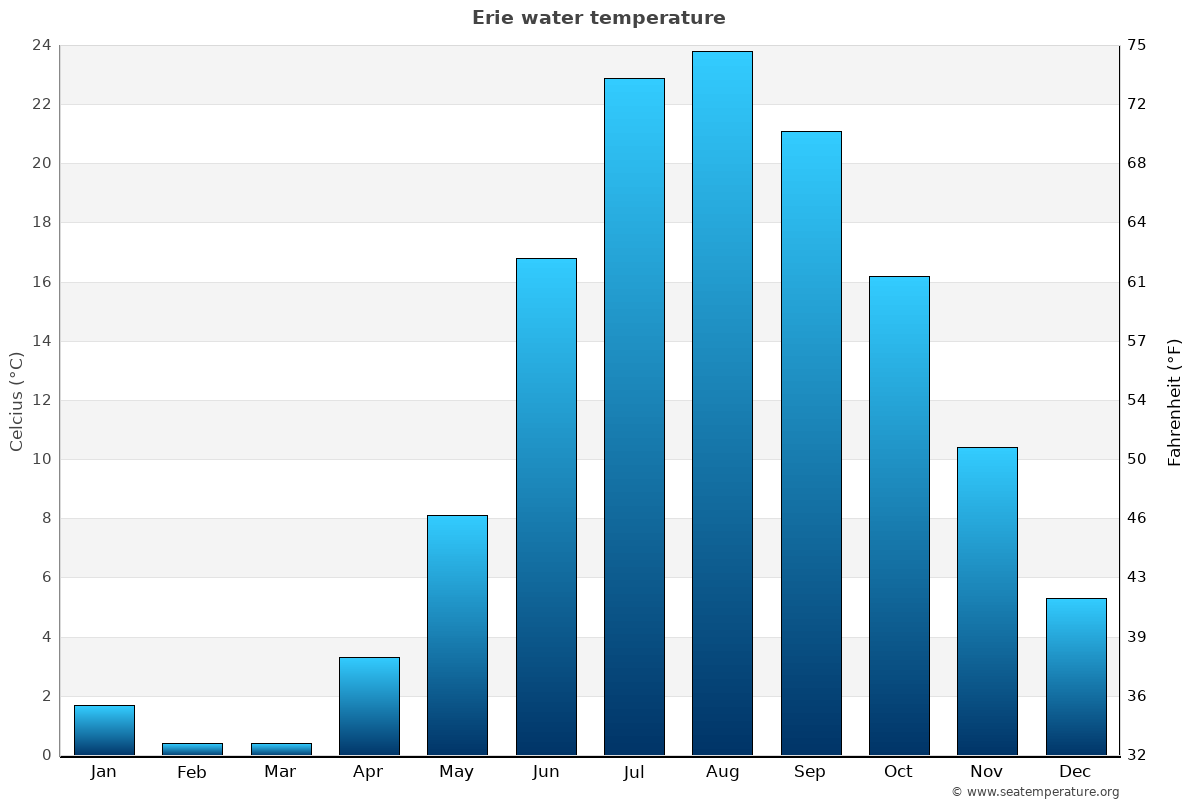
The fireman worked from a large platform on the tender, and in some cases had a chute to allow him to deliver coal to the front of the grate.Īlso in 1853, Samuel Hayes, the Master of Machinery for the railroad, had built a series of camel 4-6-0 locomotives for passenger service. The firebox itself sloped back on the earliest models. These had long cabs that ran from the back of the smokebox to the front of the firebox. In 1853 Ross Winans, who had designed the "muddiggers", built the first of a series of 0-8-0 camel locomotives. Camelbacks were particularly known for being used on the Central Railroad of New Jersey and the Reading Railroad.Ī 4-8-0 camel, (probably the very first 4-8-0) Centipede as built in 1855 (below), and as modified for the B&O Railroad in 1864 (above).

Camelbacks were developed to allow for the use of larger fireboxes, such as the Wootten, which would obstruct the engineer's view from a conventionally placed cab. While Camelbacks have the same idea of moving the cab forward, they had it for different reasons. Camelbacks have a cab that straddles the boiler. Ross Winans wanted to put as much weight on the driving wheels as possible to increase traction. Unlike the later Camelbacks, Camels had cabs that rode atop the boiler. Though the name is often incorrectly used interchangeably, they had little in common other than the placement of the cab. The camel and the camelback design were developed separately by two different railroads in different eras.

Camelbacks were fitted with wide fireboxes which would have severely restricted driver visibility from the normal cab location at the rear. The Erie Railroad's L-1 class were the largest camelbacks built, and the only articulated examples.Ī camelback locomotive (also known as a Mother Hubbard or a center-cab locomotive) is a type of steam locomotive with the driving cab placed in the middle, astride the boiler.


 0 kommentar(er)
0 kommentar(er)
